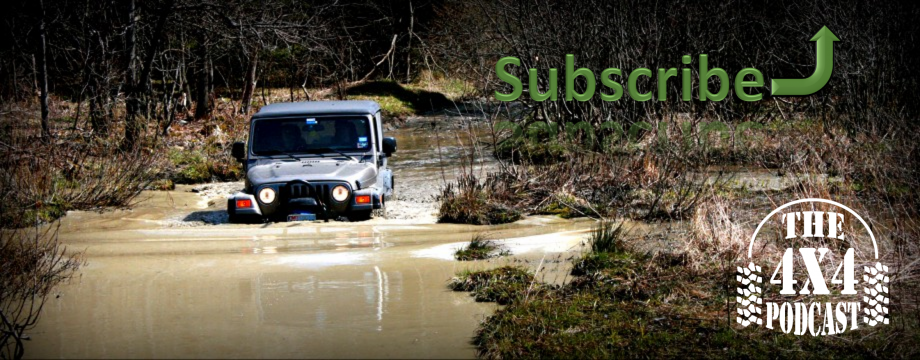Any time you attend a trail ride with a group or visit an OHV area you will undoubtedly have to sign a waiver and undergo an inspection of some sort. Every inspection that I have seen always includes a fire extinguisher.
TYPES OF EXTINGUISHERS
But rarely does it specify the type of fire extinguisher that is required. There are actually a few different types and each type has a specific use.
Class A extinguishers put out fires in ordinary combustible materials such as cloth, wood, rubber, paper, and many plastics.
Class B extinguishers are used on fires involving flammable liquids, such as grease, gasoline, oil, and oil-based paints.
Class C extinguishers are suitable for use on fires involving appliances, tools, or other equipment that is electrically energized or plugged in.
Class D extinguishers are designed for use on flammable metals and are often specific for the type of metal in question. These are typically found only in factories working with these metals
Class K fire extinguishers are intended for use on fires that involve vegetable oils, animal oils, or fats in cooking appliances. These extinguishers are generally found in commercial kitchens, such as those found in restaurants, cafeterias, and caterers. Class K extinguishers are now finding their way into the residential market for use in kitchens.
So consider the kinds of things that could catch on fire while you’re on the trail:
- Tall grass could make contact with a hot muffler
- A camp fire or grill could get out of control
- On a steep decline, leaking transmission fluid making could make contact with a hot header
- A wiring harness in the dash could short out causing sparks
In these four scenarios, three different types of fires are listed. Rather than buying three different kinds of extinguishers you can also purchase a dry chemical extinguisher that would be suitable for Class A, B and C fires. Avoid a Class A extinguisher because it is only suitable on a Class A fire. NEVER USE A CLASS A FIRE ON A GREASE FIRE OR AN ELECTRICAL FIRE as the contents of the extinguisher is conductive or could could cause the source of the fire to spread more rapidly. Also, do not try to use a Carbon Dioxide extinguisher on Class A fire because it may not be able to suffocate the fire source which could lead to a re-ignition of the fire.
MOUNTING BRACKETS
You also need to consider the mounting location. You MUST mount it somewhere; anything in your rig that is not properly secured is just a projectile waiting to happen. In the event of a rollover or even a sudden stop, that fire extinguisher or toolbox or whatever heavy object is laying loose on the floorboards will become a heavy, flying, blunt object that will act in accordance with Murphy’s Law and head directly for the back of your head. Most extinguishers come with mounting hardware and brackets but you may also want to consider an aftermarket mounting bracket to get the look you want. A less vain requirement for aftermarket mounting brackets may also be required for more options in mounting locations.
Location is key. If there is an engine fire and you have to climb out of your seat, run to the back, open the rear hatch and dig through a tough box to find your extinguisher, by the time you run back to the front of the truck it may be too late. So carefully consider your mounting location. I have my primary fire extinguisher mounted to the floor between the drivers seat and the door sill but that may not work for you or your vehicle.
Now you’ve selected the correct type of extinguisher (Type ABC) and it is mounted in a safe and readily accessible location. Hopefully you never need to use it but if you do, you need to know how to use it correctly.
HOW TO USE AN EXTINGUISHER? P.A.S.S.
When you are using an extinguisher think about the acronym PASS.
P – Pull the safety pin. In the heat of the moment its easy to forget this first step – you’ll find yourself squeezing the trigger furiously and wondering why nothing is happening. Take the half a second that it takes to pull the pin. There may be an extra little plastic strap that is designed to keep the pin in place until you actually want to pull the pin and use the extinguisher – so pull the pin like you mean it!
A – Aim. Aim the nozzle at the base of the flames. The base of the flame is where the souce of the flame is located. If you spray at the top of the flames you are actually not doing anything to stop the chain reaction and the fire will continue to burn.
S – Squeeze the trigger. Squeeze the trigger slowly and steadily. You are trying to completely smother the flames so don’t use quick spurts. Spray long enough to get a good smothering effect.
S – Sweep. Slowly move the spray back and forth. Don’t spray wildly; just keep your cool and stay in control until the flames are gone.
MAINTAIN YOUR EQUIPMENT
At a minimum, you need to conduct a thorough visual inspection of your fire extinguisher before each trail run. You should be looking for the correct weight, correct pressure, and generally free of dents and corrosion. An extinguisher with corrosion could possibly explode because, after all, it is a pressurized tank. Many extinguishers have a 5-6 year warranty.
So the things that you need to remember are:
Stay safe and keep it cool!




